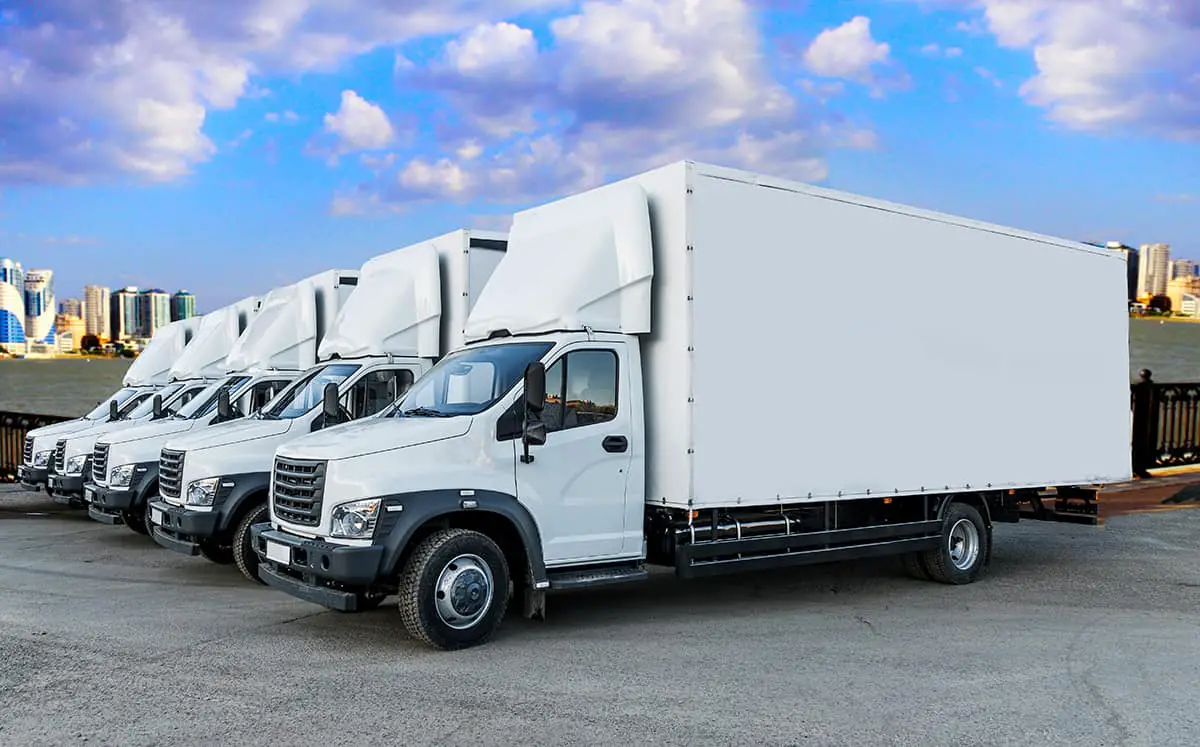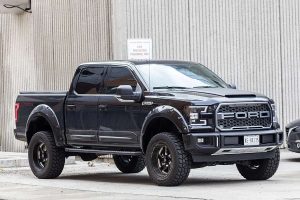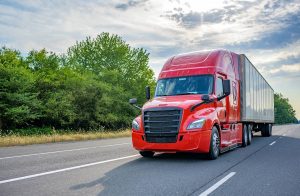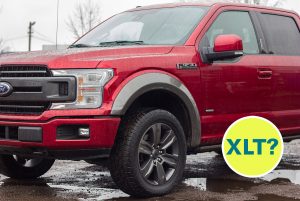Box trucks, those simple and sturdy workhorses, are often overlooked and underestimated. But did you know that there’s more to these vehicles than meets the eye? In fact, there are several types of box trucks, each designed to meet specific needs and requirements.
The different box truck types can be separated by design and capacities (light, medium, and heavy-duty). Here are box trucks by design:
- Utility box truck
- Refrigerated box truck
- Landscaping box truck
- Flatbed box truck
- Dry vans
From the compact cube trucks used for local deliveries to the larger box trucks equipped with refrigeration units for transporting temperature-sensitive goods, the diversity of these trucks is sure to surprise you. So, let’s take a journey and discover the many faces of the humble box truck!
What Is a Box Truck?
Whether light or heavy-duty, a box truck’s cargo area is attached in a box shape to the chassis. Deliveries, relocations, and general cargo transportation are just some of the many uses for them. Cube trucks and tractor-trailer rigs are just two examples of the many different sizes and configurations available for box trucks. They play a crucial role in modern trade due to their versatility and importance to numerous industries.
Depending on its dimensions and layout, a box truck’s cargo capacity can vary widely. The typical payload for a 16-foot box truck is between 2,000 and 3,000 pounds, while a 26-foot truck can carry upwards of 10,000 pounds. It should be noted, however, that the actual capacity can vary depending on factors like the weight distribution of the cargo and the weight capacity of the truck.
Types of Box Trucks
Here, we’re going to look at the various types of box trucks by design and capacities.
By design
1. Utility box truck
Utility box trucks, also called service trucks, are a specific type of box truck that are built to transport tools, equipment, and supplies to and from construction sites. Utility box trucks differ from standard box trucks in that they typically have more space for stowing equipment and supplies. This extra space can be in the form of shelves, drawers, or even built-in workbenches.
The tools, materials, and supplies needed for a given job are typically transported in utility box trucks by construction workers, electricians, plumbers, and others in the trades. Some models even have a built-in generator to provide power on the job site, and they can be outfitted with cranes, hydraulic lifts, and other equipment to facilitate the loading and unloading of heavy objects.
2. Refrigerated box truck
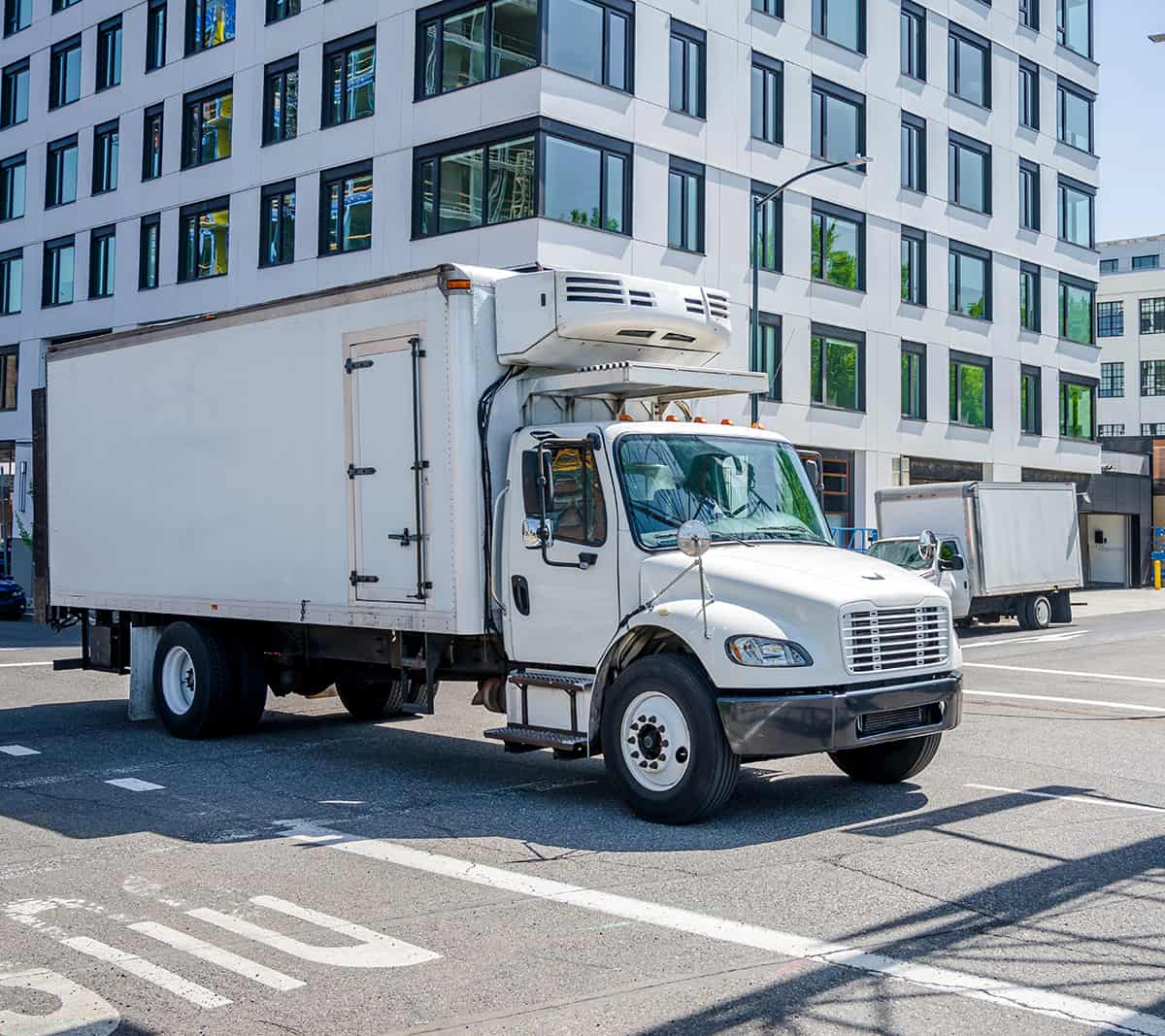
In the trucking industry, a refrigerated box truck (or reefer truck) refers to a box truck that has an on-board refrigeration system. Perishable items like food, pharmaceuticals, and flowers can be transported over long distances thanks to the unit’s ability to keep the cargo area at a constant temperature.
Refrigerated box trucks range in size and design from compact delivery vans to massive tractor-trailer rigs. Cargo temperatures are kept within a narrow range by a refrigeration unit that can be run on either electric power, diesel, or propane.
Industries such as food and beverage distribution rely heavily on the use of refrigerated box trucks to transport perishable goods to their customers in a timely and secure manner. Reefer trucks keep perishable goods safe and fresh during long journeys by maintaining a temperature and humidity that are set by the driver.
3. Landscaping box truck
One type of box truck that sees extensive use in the landscaping industry is the landscaping box truck. There are a number of standard features installed in these trucks that make them ideal for transporting materials to construction sites.
Shelves, drawers, and other storage options are commonly installed in the cargo area of a landscaping box truck to facilitate easy organization and access to equipment and materials. Added workbenches are included in many designs, allowing for routine upkeep and repairs to be done in the field.
A landscaping box truck typically has room for tools outside of the cargo area, such as lawnmowers, leaf blowers, and hedge trimmers. Loading and unloading heavy objects can be facilitated with the help of a hydraulic lift or crane, which may be included on some models.
4. Flatbed box truck
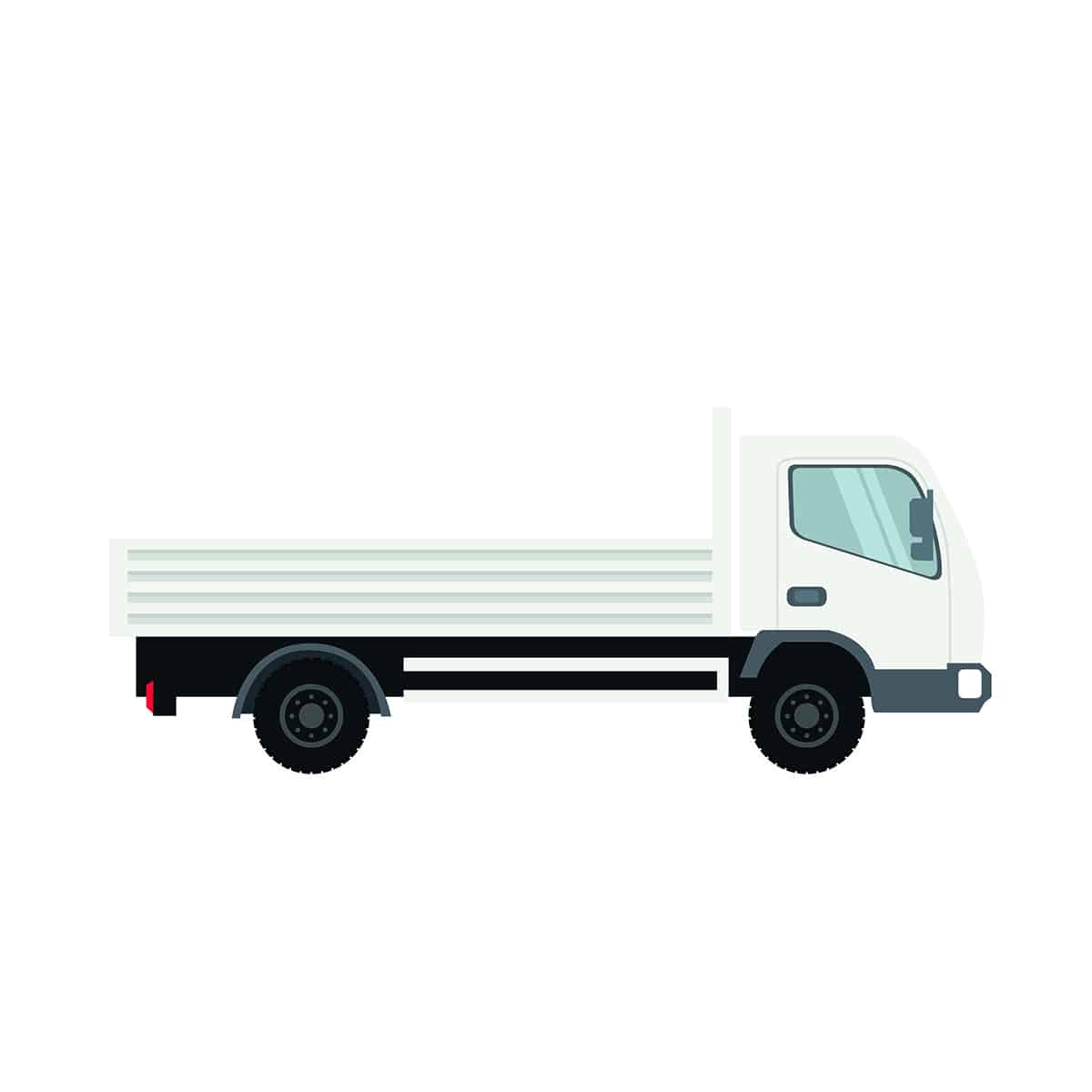
One variety of box truck is the “flatbed box truck,” which has a cargo area that is completely flat and has no sides or roof. Flatbeds are preferable to conventional box trucks because of their greater adaptability and maneuverability when transporting heavy, cumbersome loads.
Cargo can be loaded and unloaded quickly and without difficulty thanks to the flatbed’s design, which also eliminates the need for sides and a roof. With this, you can transport goods that would otherwise be too large for a standard box truck.
Some larger flatbed box trucks have cranes, hydraulic lifts, and other equipment to make loading and unloading heavy objects easier. They find widespread application in sectors where the movement of bulky, heavy materials is crucial, such as the building and manufacturing sectors, the agricultural sector, and the transportation sector.
5. Dry vans
Dry vans, also known as “dry van trailers” or “box trailers,” are used to haul everything from boxes and pallets to loose freight. It’s likely that a dry van was involved in the transportation of your freight at some point. It is commonly used for various types of less-than-truckload (LTL) or truckload shipments due to its enclosed nature and its ability to protect cargo from the elements. Unlike refrigerated trailers and flatbed trailers, dry vans do not have climate control and cannot accommodate oversized cargo.
An important benefit of shipping goods in a dry van is the safety it affords them during transit. Shipments are safeguarded from the elements, including strong winds, rain, and extreme heat, thanks to the container’s fully enclosed design. The cargo is protected from theft to some extent by the lockable enclosure.
By capacities
1. Light-duty
The payload capacity of a light-duty box truck is typically somewhere between 6,000 and 14,000 pounds. Because these trucks have a front cab similar to a cargo van, they are more fuel efficient than larger models of the same type. Due to the fact that they have a more compact design, light-duty box trucks are frequently selected by businesses that need to make deliveries in urban areas or on roads that are relatively narrow. Light-duty box trucks are typically used for a variety of tasks, including making deliveries, transporting less significant loads, and providing local pickup and delivery services.
2. Medium-duty
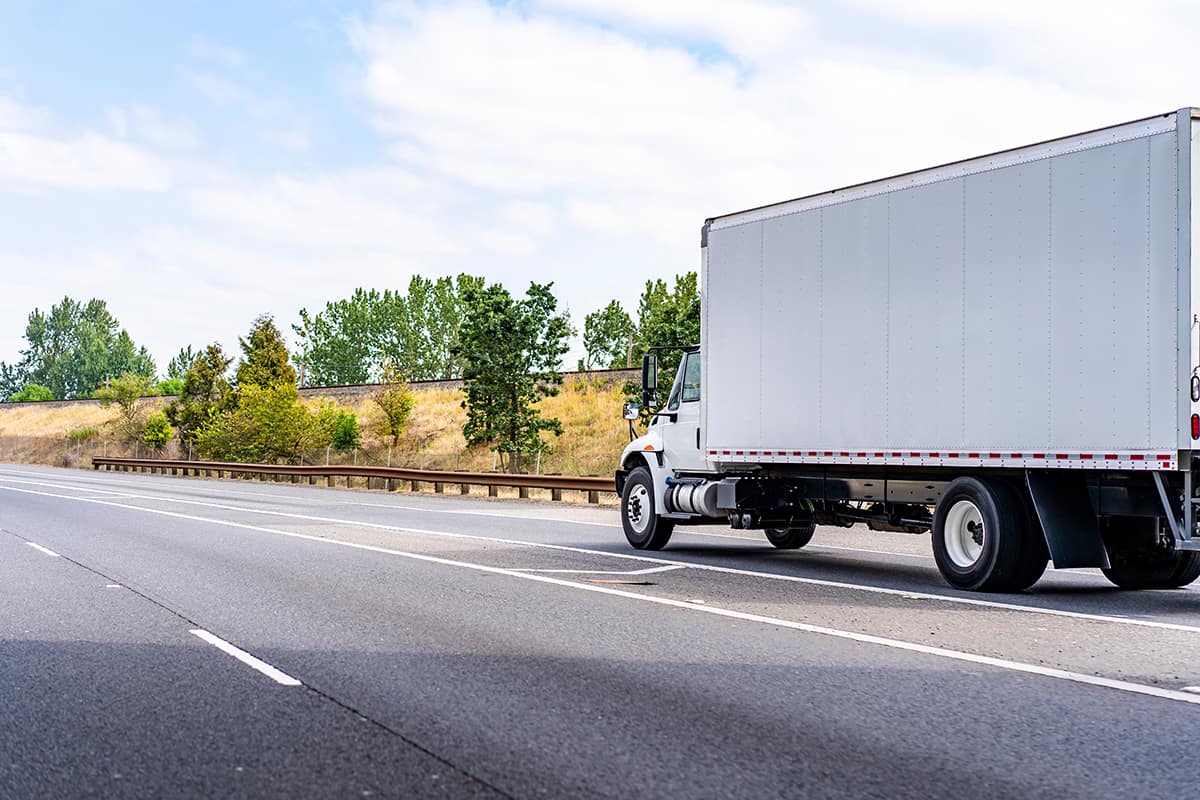
Box trucks that are classified as medium-duty can transport freight weighing between 14,000 and 26,000 pounds. These trucks run on diesel and are utilized extensively in the commercial sector for a variety of tasks including the distribution of goods and the transport of bulk packages. There are some variants that have longer bodies so that they can carry more cargo.
The ability of medium-duty trucks to tow significantly more weight than light-duty box trucks makes them ideally suited for the transportation of goods over extended distances. When compared to heavy-duty box trucks, they are more convenient to operate and consume less gas. As a result, they are a more cost-effective alternative for companies that have the need to transport large items.
3. Heavy-duty
A heavy-duty box truck is required whenever the total weight of the items to be transported is greater than 26,000 pounds. Trucks that are able to carry massive loads while remaining resilient in the face of the harshest of conditions are required for long-distance transport. Box trucks are frequently used to transport heavy-duty cargo, such as construction equipment and refrigerated trailers, among other types of heavy-duty goods.
Due to the fact that they are constructed to function properly in the harshest environments, these automobiles are an excellent choice for businesses that require the transportation of massive amounts of heavy cargo over extended distances.
Heavy-duty box trucks are utilized in a wide variety of contexts, including the transportation and logistics industries, the construction industry, and the transportation industry. Because of this, they provide an option that is dependable as well as affordable for businesses that have the requirement of transporting heavy loads over considerable distances.
Cargo Vans vs. Box Trucks
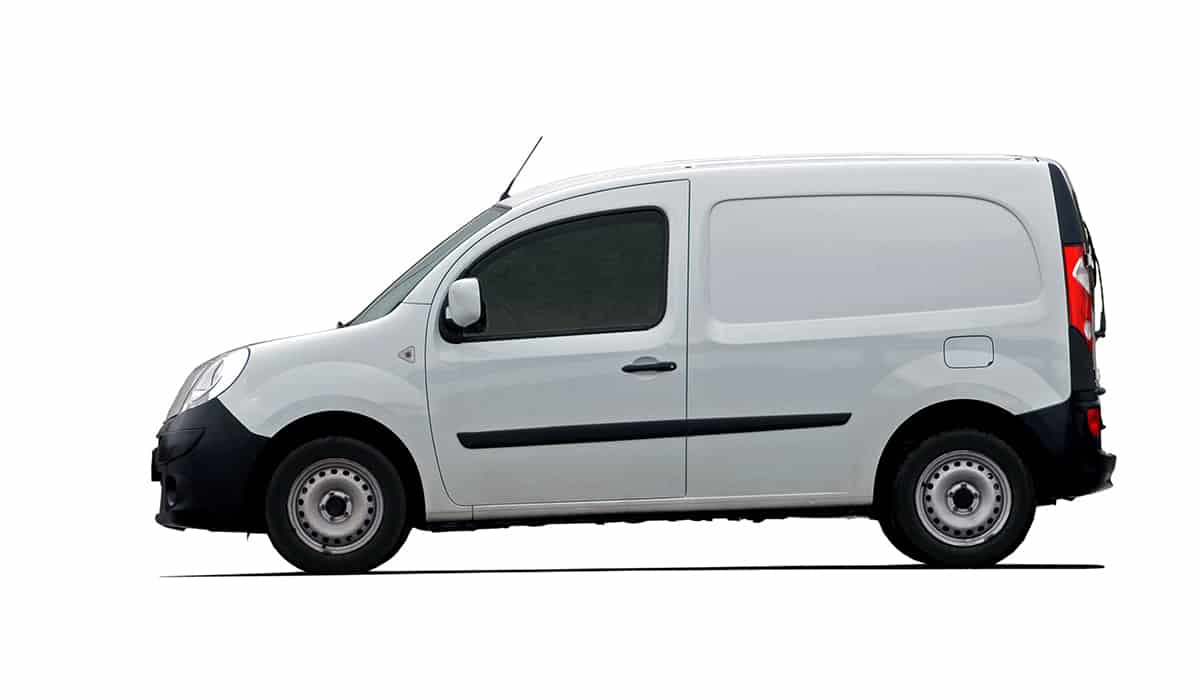
Even though both cargo vans and box trucks serve the same purpose, there are some significant distinctions between the two.
Cargo vans are compact vehicles ideal for short distance deliveries and light cargo. They can be driven more easily in congested urban areas and through narrow passages than larger box trucks.
However, box trucks are larger, more robust automobiles created for long-distance transport and heavier cargo. They can carry more stuff and are built to withstand heavier loads, but they can be awkward to drive in confined spaces. In addition, the cargo area and the driver’s cabin in a box truck are usually two separate units, whereas in a cargo van they are usually one.
The final decision between a cargo van and a box truck will be based on factors such as the size and weight of the loads, the distance of the deliveries, and the need for maneuverability.
